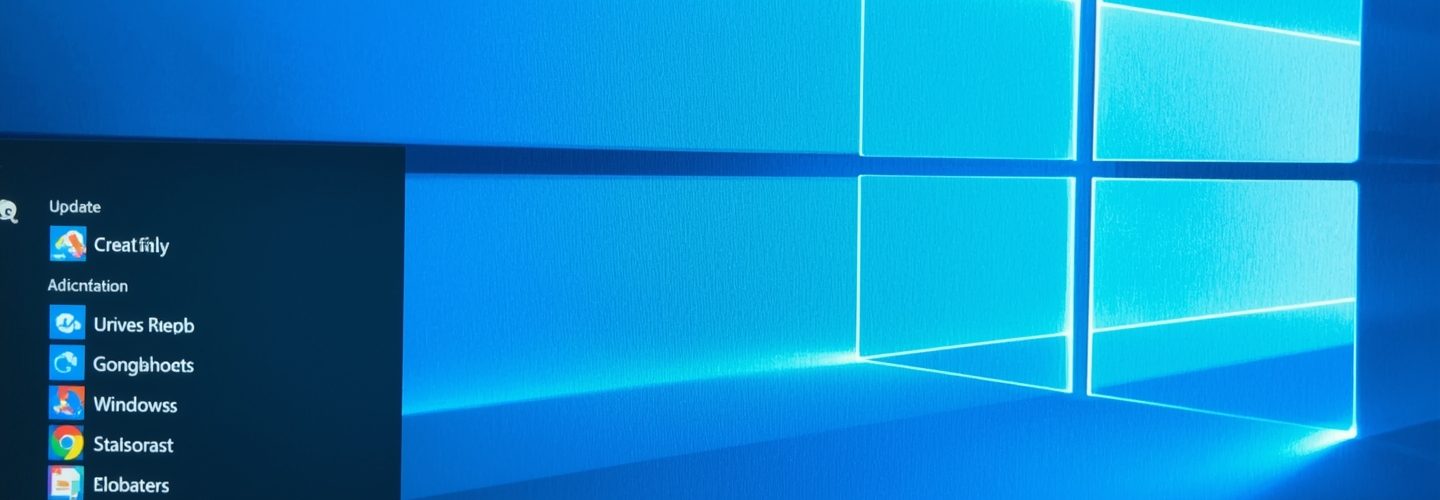Navigating Windows 24h2 Updates: What to Watch Out For
The Windows operating system regularly undergoes updates that enhance functionality, improve security, and introduce new features. One of the most significant updates is the Windows 24h2 update. As users prepare to navigate these updates, it’s important to understand what to watch out for to ensure a smooth transition and optimal performance.
Timing and Preparation
One of the first things to consider when approaching the Windows 24h2 update is timing. Microsoft typically rolls out updates in phases, meaning not all users receive the update simultaneously. It’s advisable to keep an eye on official Microsoft announcements regarding the release schedule. This information can typically be found on the Microsoft website or through tech news outlets.
Before proceeding with the update, ensure that your device meets the system requirements for the new version. This can prevent compatibility issues that may arise post-update. Moreover, back up your important files. While updates are designed to be non-disruptive, there is always a slight risk of data loss. A backup ensures that you have a safe copy of your important documents, photos, and applications in case of unexpected complications.
Key Features to Expect
With every major update, users can expect a range of new features designed to improve the overall experience. Windows 24h2 is likely to introduce enhancements to user interface elements, system performance optimizations, and security features.
Look out for updates to the Start menu, taskbar settings, and virtual desktops, which can greatly enhance multitasking capabilities. Additionally, updates to Windows Security may provide improved protection against malware or phishing attacks. Familiarizing yourself with these features can help you leverage them effectively once the update is installed.
Performance Considerations
While updates generally aim to improve system performance, some users may encounter challenges after the installation. It’s not uncommon to experience sluggishness or system instability initially. This might be due to background processes associated with the update. If you notice diminished performance, allow some time for the system to recalibrate, as Windows often runs various processes in the background after an update.
If, after several days, your system remains slow, consider troubleshooting steps such as reviewing startup items, ensuring drivers are up to date, or even seeking help from Microsoft support forums.
Compatibility Issues
Another potential pitfall to watch for is compatibility with existing applications and hardware. While major software companies typically update their applications to align with new Windows versions, some smaller or less frequently updated applications may not perform as intended right away. If you rely on specific software for work or personal use, check compatibility from the software vendor before upgrading.
Hardware drivers are also critical. Ensure that you visit the respective manufacturer’s website to confirm that drivers for your hardware are updated and compatible with Windows 24h2. This can alleviate many problems related to performance and functionality.
Conclusion
Navigating the Windows 24h2 update can be a relatively smooth process with the right preparation. Stay informed about the update schedule, back up your data, familiarize yourself with new features, and be aware of potential performance and compatibility issues. Taking these steps will ensure that your upgrade experience is both positive and productive, allowing you to take full advantage of what the latest version of Windows has to offer.





Add comment